Rodin and the Art of Ancient Greece at the British Museum
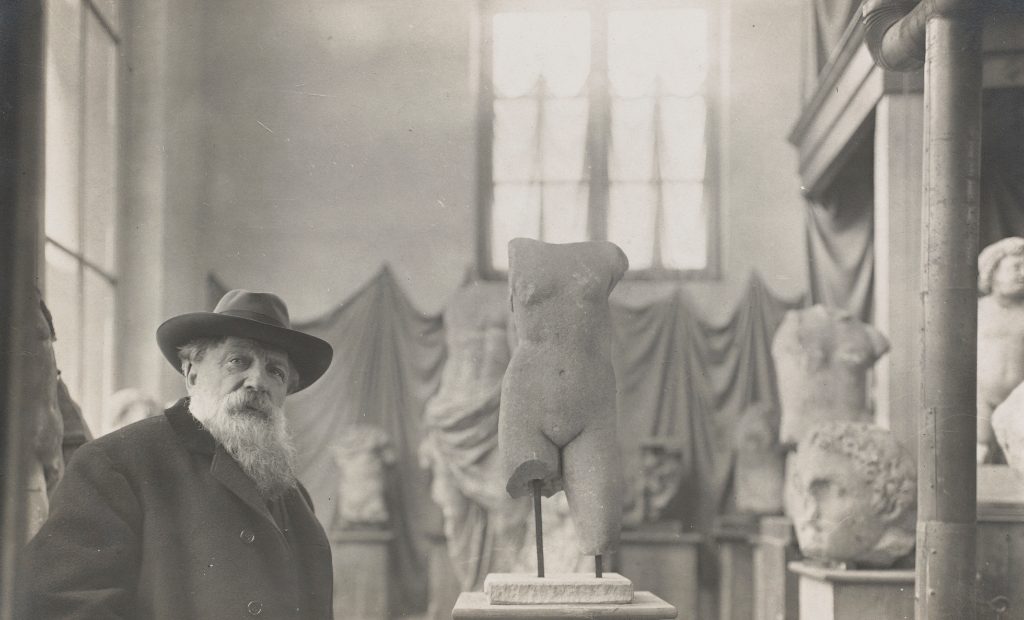
It feels strange when the supposed subject of an exhibition is overshadowed by the art to which it is being compared. And yet this is undoubtedly the case with Rodin and the Art of Ancient Greece at the British Museum.
Don’t get me wrong, you won’t come away from this new display feeling that Rodin is second-rate: the works of the French sculptor are as masterful as they are famous, and they pack an immense visual and emotional punch. But the ancient Greek sculptures created to adorn the Parthenon in Athens are in a different league to almost everything produced after them, despite well over 2000 years having passed since they were created.
Even though the Parthenon marbles are usually available to view for free at the British Museum, there is something special about seeing them in a new context in this exhibition, specially presented at eye level and viewed from all angles. The sculptures exude an extraordinary sense of arrested motion, sensual languor or even of the human body metaphorically presented as the embodiment of a flowing river.
Seeing these figures in a new light also helps the viewer to appreciate the powerful effect they had on Rodin when he visited the British Museum aged 40. The exhibition makes a compelling and precise argument about how the legendary artist’s revolutionary sculptures were influenced by these ancient Greek works, and how they helped him to introduce a new style of art that emphasised emotional expression and the power of the fragmented body. The showcase also includes telling photographs of Rodin’s home and studio, and examples from his personal collection of classical sculptures.
Part of what makes this exhibition so successful is that you could get a huge amount out of it even if you didn’t read a single label or wall text. The curation of the show, and the clever layout which allows visitors to see each work from every side, visually highlight formal similarities and points of reference across millennia. Simple titles for each section – “the monument”, “the fragment”, “motion” – guide the viewer through both Rodin’s artistic preoccupations and the key achievements of ancient Greek sculpture.
A few knotty issues are skirted over, which is a shame as they could add to the complexity of the art on view: Rodin’s reliance on studio assistants to carve and cast the works he modelled in clay, for example (he barely held a chisel in his life) and of course the cultural controversy over the British Museum’s stewardship of the Parthenon marbles (based on a colonial impulse of which Rodin was perhaps similarly guilty). Moreover, it would have been nice to have seen more of the clay and early-stage plaster models in which Rodin’s own hand can be identified. Nevertheless, these are minor points that would only have added to the perfection of this exhibition. A must-see for anyone interested in sculpture, ancient or modern.
Anna Souter
Rodin and the Art of Ancient Greece is at the British Museum from 26th April until 29th July 2018. For further information visit the exhibition’s website here.



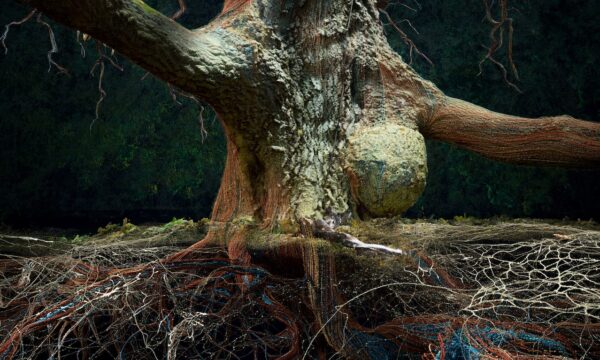
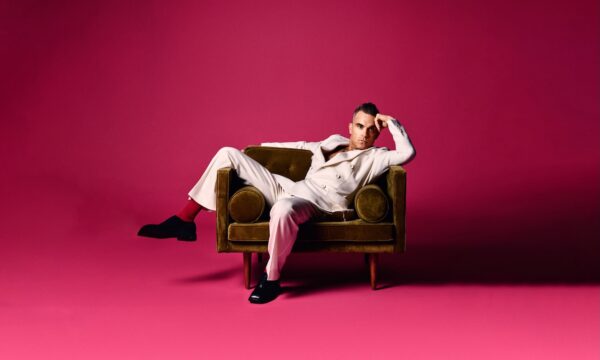

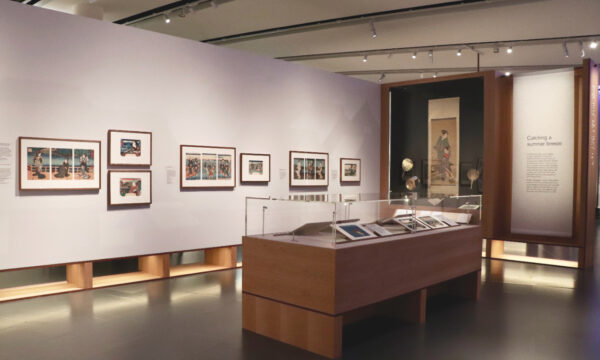

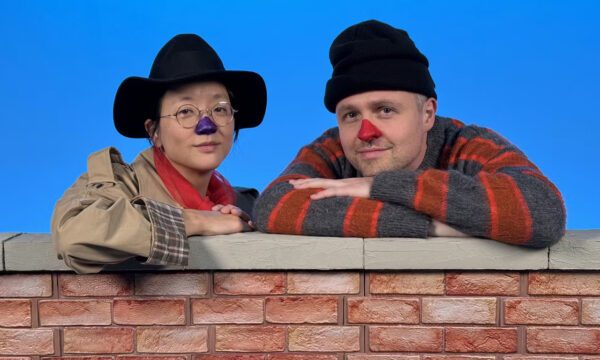
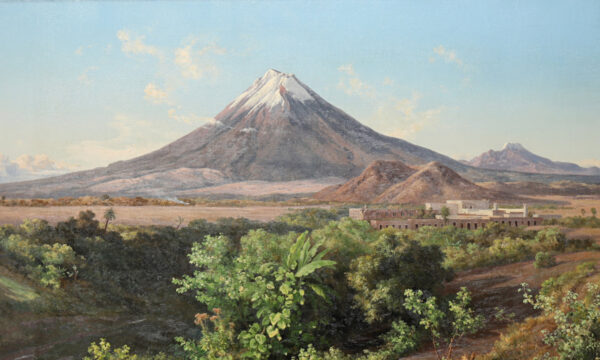

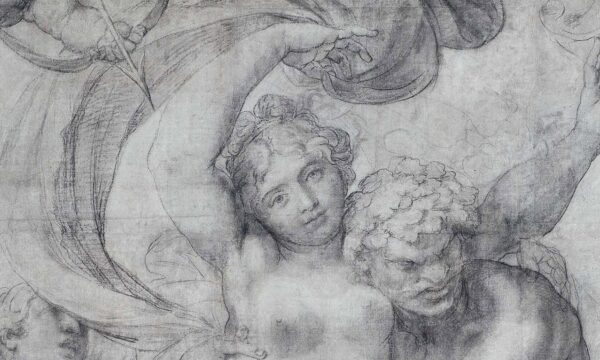
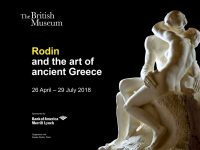
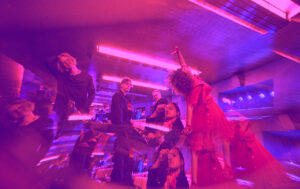
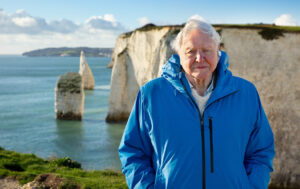













Facebook
Twitter
Instagram
YouTube
RSS